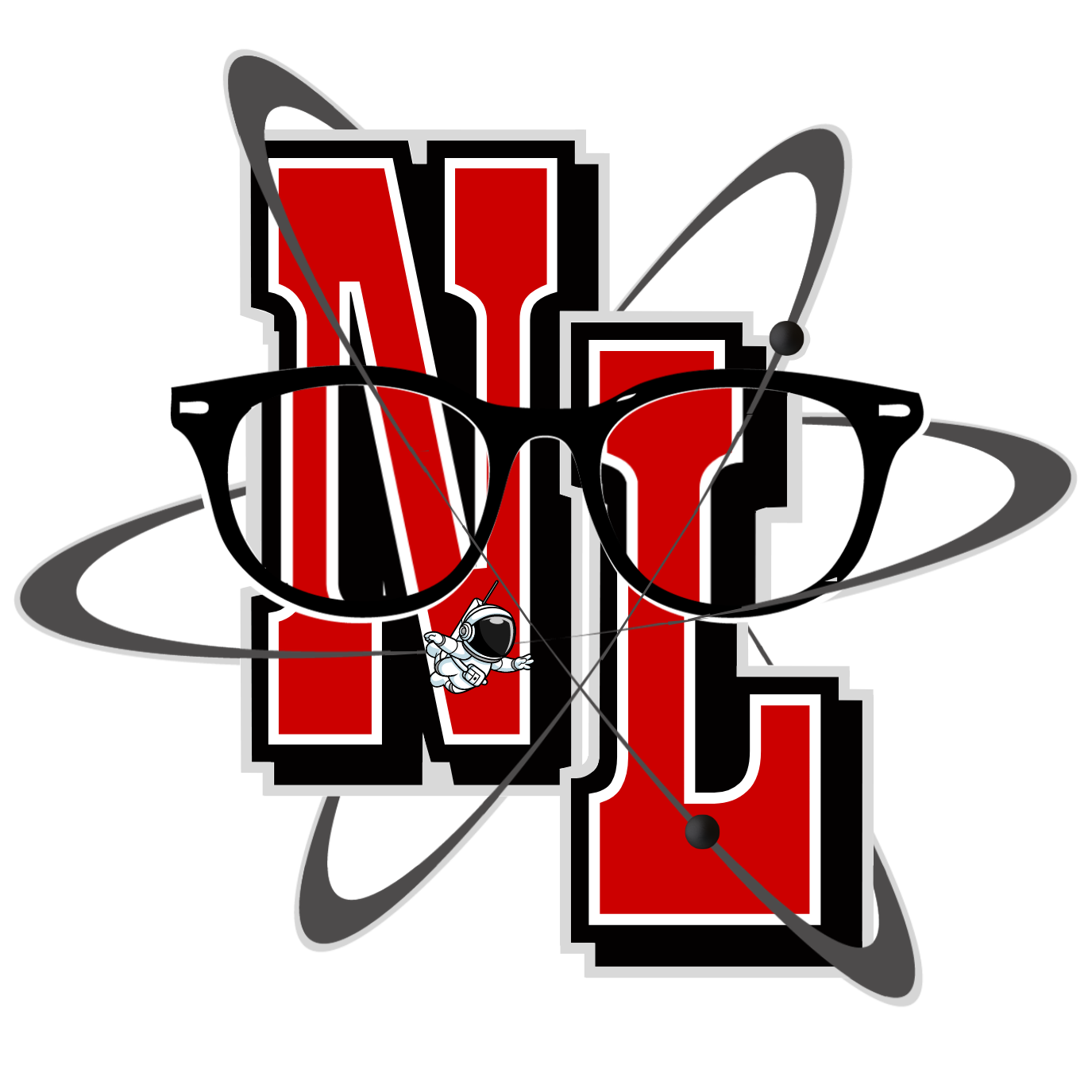Ensure You Receive Negotiated Royalties: Understanding the Mallinckrodt Decision
The Third Circuit recently decided that Sanofi’s right to a 1% royalty on sales of Mallinckrodt’s Acthar Gel did not survive Mallinckrodt’s bankruptcy filing, denying Sanofi of any future royalties. In re Mallinckrodt PLC, 99 F.4th 617, 620 (3d Cir. 2024).
Sanofi sold the rights to Acthar Gel for $100,000 upfront and a promise of 1% royalties on sales over $10 million a year. This decision robs Sanofi of nearly $6,000,000 per year based on around $600,000,000 in sales of Acthar Gel in 2021 and 2022. The court suggested that Sanofi could have protected itself by structuring the deal as a license rather than a sale.
What Happens to Contracts in Bankruptcy
Under Section 365 of the Bankruptcy Code, a company can either "assume" (keep) or "reject" (cancel) certain contracts when it files for bankruptcy. “Executory contracts” are excluded from this rule, because both sides of the contract must still perform obligations under the contract. If a contract is not executory, it just becomes a claim for money. In re Weinstein Co. Holdings LLC, 997 F.3d 497, 504 (3d Cir. 2021).
Mallinckrodt elected to reject the contract with Sanofi, which it deemed non-executory. If the court accepted this election, Sanofi would be denied future royalties.
The Court’s Decision
The bankruptcy court accepted Mallanckrodt’s rejection of the contract and the District Court agreed. The Third Circuit accepted the lower court’s decisions, pointing out that Sanofi had fully performed its part of the deal by transferring ownership of the drug to Mallinckrodt outright. This made the contract non-executory, meaning it could be rejected under bankruptcy rules (Mallinckrodt, 99 F.4th at 620).
The court also said that the right to receive "future royalties was an unsecured, contingent claim, so Mallinckrodt could discharge it." (Id. at 621) The right to receive royalties is based on future events, so the total amount Mallinckrodt owed Sanofi could not be calculated. The bankruptcy court could therefore discharge this obligation, leaving Sanofi with no options for receiving future royalties.
Why Sanofi Lost
According to the Third Circuit, Sanofi could have avoided this problem by structuring the agreement differently. Sanofi could have:
Licensed the drug to Mallinckrodt;
Kept a security interest in the intellectual property to the drug; or
Set up a joint venture to keep part ownership (Id. at 622).
Under these circumstances, Sanofi has on ongoing obligation to maintain the intellectual property, making the contract executory and not eligible for discharge in bankruptcy.
Conclusion
The Mallinckrodt decision serves as a reminder to consider bankruptcy risks when structuring transactions. To be fair, the decision to sell an FDA approved drug for $100,000 was really, REALLY STUPID. Even if Sanofi wasn’t considering the discharge of their obligations in bankruptcy, which they clearly weren’t, an exclusive license would have avoided this entire situation, and would likely have given Sanofi the option to void the license and keep all of the Acthar Gel revenue ($600,000,000 per year).
Post Script
What is Acthar?
Acthar (Repository Corticotropin) was initially isolated as a by-product of the meatpacking industry in the 1940’s. Researchers at the Mayo Clinic found that Acthar in combination with cortisone reduced the symptoms of rheumatoid arthritis. In 1952, the FDA approved Acthar for treating inflammatory conditions.
Acthar sold consistently well as an anti-inflammatory drug as the rights to the drug were passed from company to company eventually ending up with Sanofi. The approval of prednisone and other steroidal anti-inflammatory drugs in the 1980’s drove demand of Acthar down. Despite the reduced demand as a general anti-inflammatory, Acthar demand remained high for treating infantile spasms.
With sales flagging, Sanofi had decided that it could not profit from the sale of Acthar in 2001, and sold the drug to Questcor Pharmaceutical for $100,000 and a 1% royalty.
How is a 70+ year Old worth billions of dollars?
Questcor’s plan for making the 70 year old drug with one consistent disease indication: Immediately increase the price of Acthar from $40 per vial to $750 per vial. Questor quickly doubled the price and continued increasing the price of the drug to $23,000 per vial (a 57,400% increase from the Sanofi price).
Mallinckrodt purchased Questcor in 2014. In keeping with Questor’s pricing strategy, Mallinckrodt immediately increased the price per vial to $39,000 (97,500% increase from the 2001 price for those keeping score), generating billions in revenue.
Despite generating more than half a BILLION dollars in revenue from Acthar Gel, Mallinckrodt was forced to file for bankruptcy as demand for hydrocodone, hydromorphone, and oxycodone declined due to public backlash for these drugs killing millions of people.
